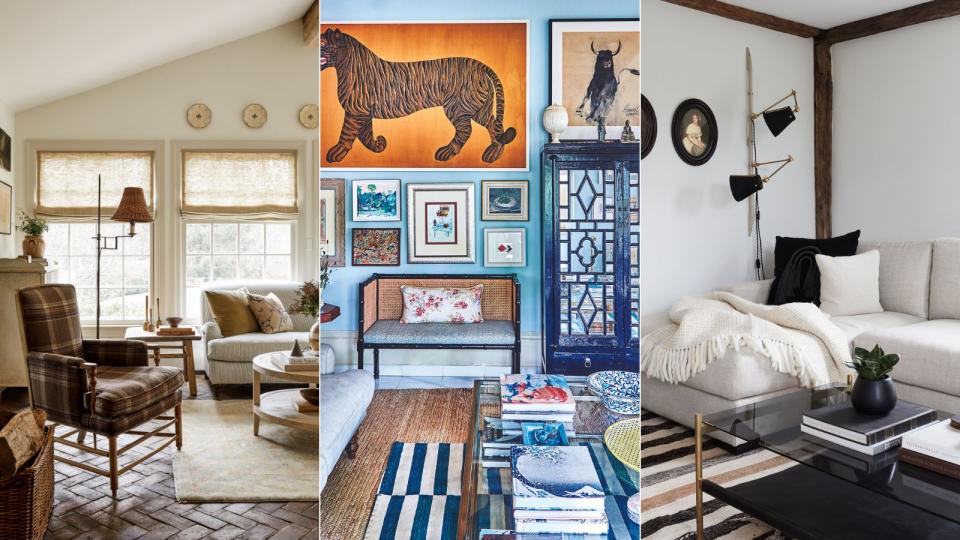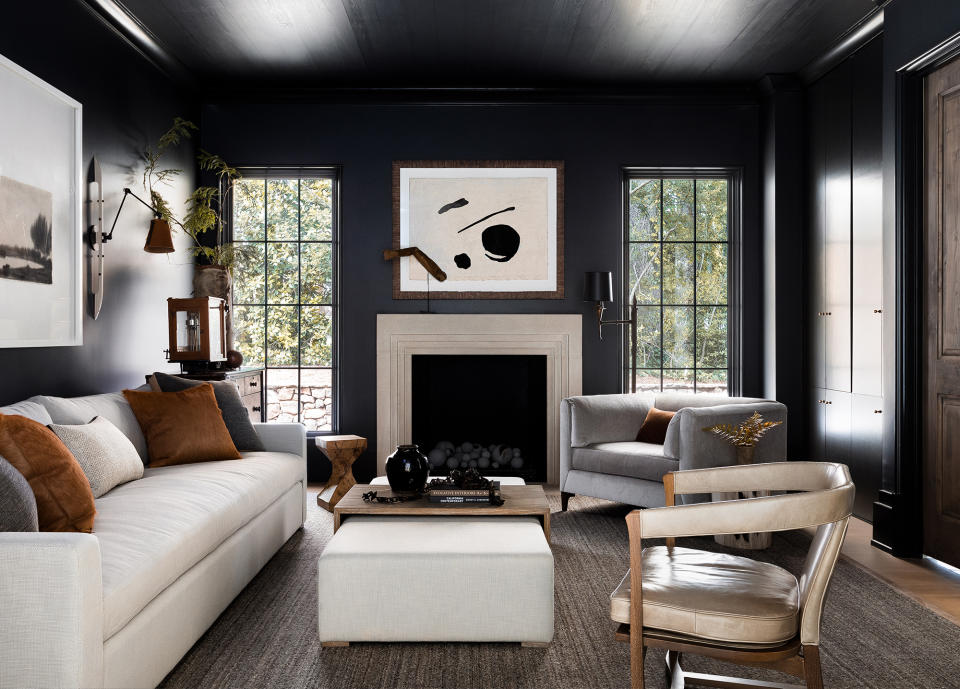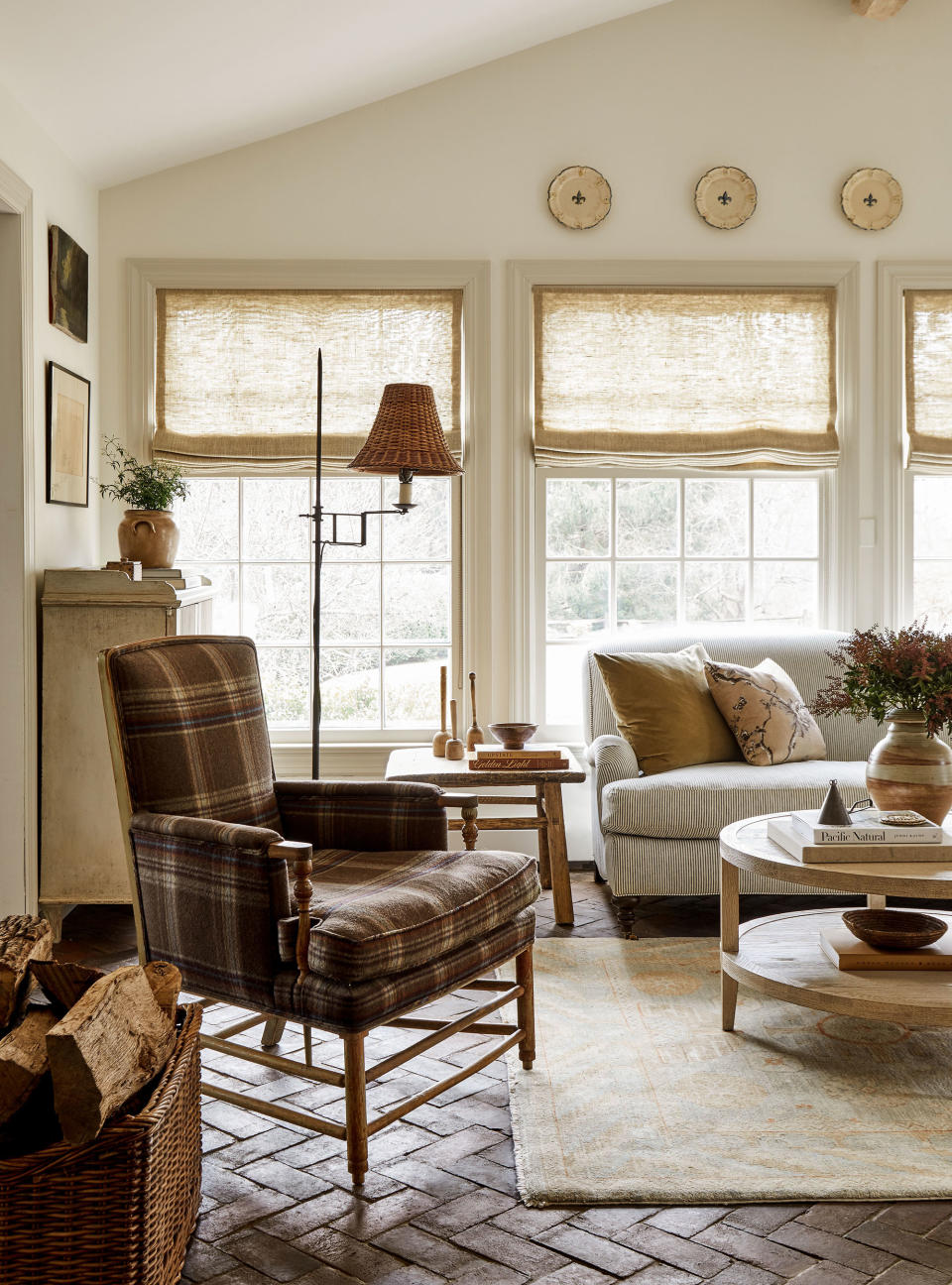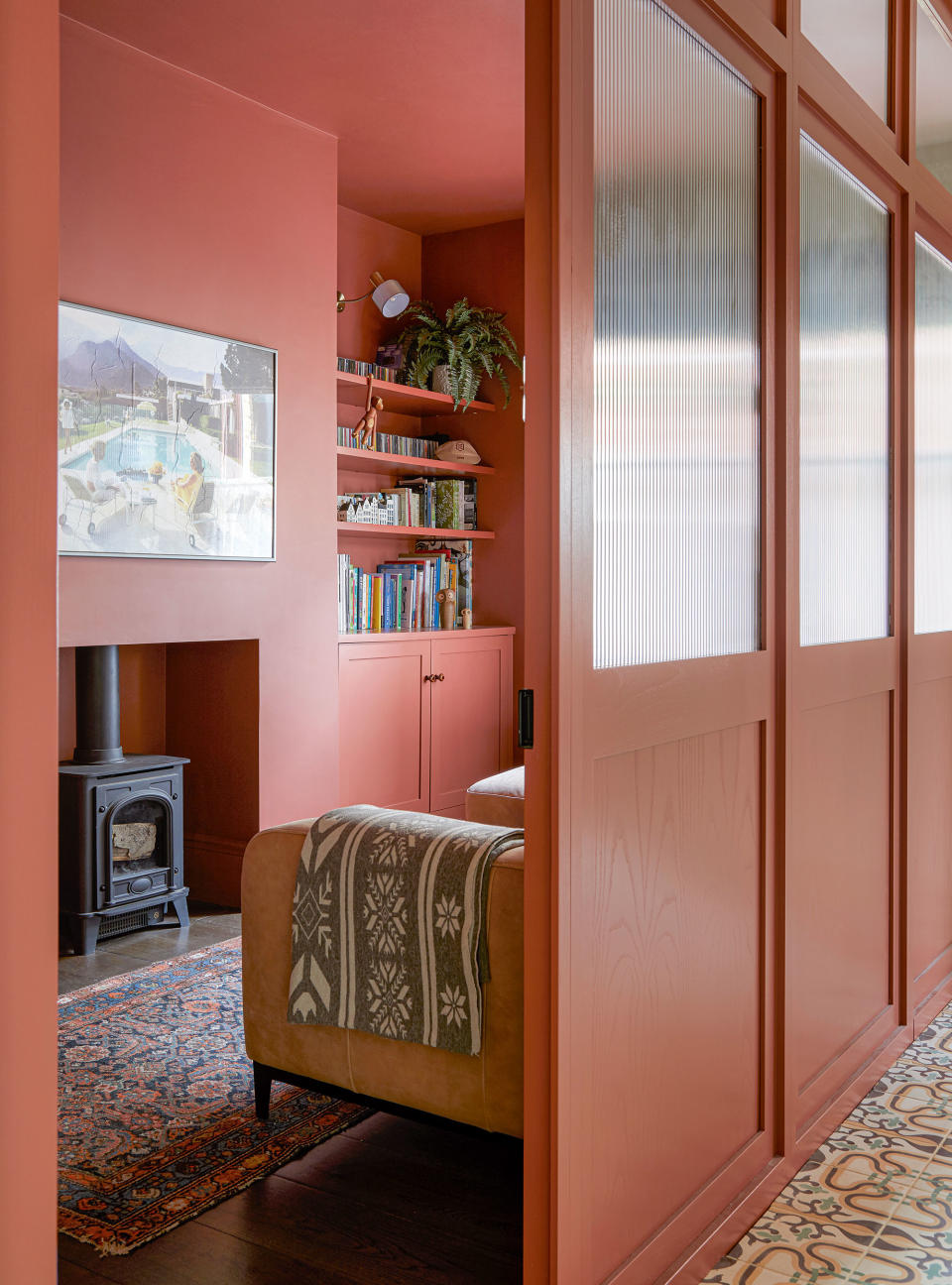Living room color mistakes – 6 errors to avoid and the simple rules that work, according to interior designers

Color really can be transformative in interior design, so choosing the right hue for a living room can present endless choices and subtle nuances to understand and overcome, but if you've been following certain living room color ideas and rules religiously you could be doing more harm than good.
Choosing which colors to decorate with for any room color ideas can be a daunting process as there are so many to choose from, but becoming your own color consultant is easier than you think, and we are on hand to help inspire you with a range of colorful ideas for your living room.
Living room color mistakes to avoid
'Choosing your room colors is one of the hardest parts of decorating because we only actually know the true color of something because it’s sitting next to another color,' says Rachel Chudley, an interior designer renowned for her use of strong color. So it is understandable why many people played it safe for so many years, but we know and understand color theory better now.
The following six living room color mistakes will provide you with all the know-how on choosing a living room color, as well as the best color trends and color combinations for one of the most important rooms in the home.
1. Thinking that you have to go for pale, cool colors in a small living room

If you only paint using pale or cool colors in a small living room, you could be missing a trick. It is a myth to suggest that dark or advancing colors don't work within small spaces. And, contrary to popular belief, light colors will not make a small or dark space light.
Advancing colors are classified as warm tones of red, violet, orange, and yellow as they give the appearance of coming towards you – and it’s these strong tones that can make a room feel really cozy and intimate, says interior decorator Emma Deterding, founder and creative director of Kelling Designs.
‘We particularly love a deep earthy orange which creates a snug effect in a room but you could also have the same result with colors such as navy blue and emerald green as long as they are rich in tone.’
Just be careful when choosing this kind of shade in any south-facing living room. ‘Warmer tones risk making the room feel uncomfortable in the summer months so opt for a darker shade to cool down a south-facing room such as a charcoal blue.
2. Not choosing color in harmony with the rest of your home

Many interior designers will say, as a general rule of thumb, that you should never paint your entire home one singular color for fear it will fall flat. That isn’t to say that you can’t use the same color palette throughout your entire home. For example, if you love decorating with neutrals, then use different variations of this one color palette to create harmony and interest from room to room.
'Choosing a living room color scheme in harmony with the rest of your home is crucial to not only your homes aesthetic, but also your mood and well-being,' says Becca Casey of Becca Interiors.
Some people feel the need to flood each and every room in their home with bold or vivid colors, however, if one color makes your heart sing, then use subtle variations from that color palette instead. When an entire home is considered as 'one' rather than a collection of individual rooms, there is instantly greater fluidity between different spaces.
3. Only ever painting the ceiling white

The architectural details and ceilings in our living rooms are ripe for rediscovery, and done right, can be an interesting way to enhance the feeling of space and character. Ceilings offer scope to expand your creativity beyond your four walls, therefore painting a ceiling white is certainly not the only color option you should consider.
There is a multitude of ways to elevate your ceiling with materials, color, texture, and even wallpaper, but one of our favorite ways to go for a whole-house color scheme.
‘When a single color is used on both walls, ceiling, and woodwork, a room suddenly feels bigger because having no contrast means that you are less aware of the confines of the space,' says Joa Studholme, color curator, Farrow & Ball. 'The eye does not stop to register a second color and glides straight out of the window to the view, blending the outside and room together.’

 Yahoo Autos
Yahoo Autos 